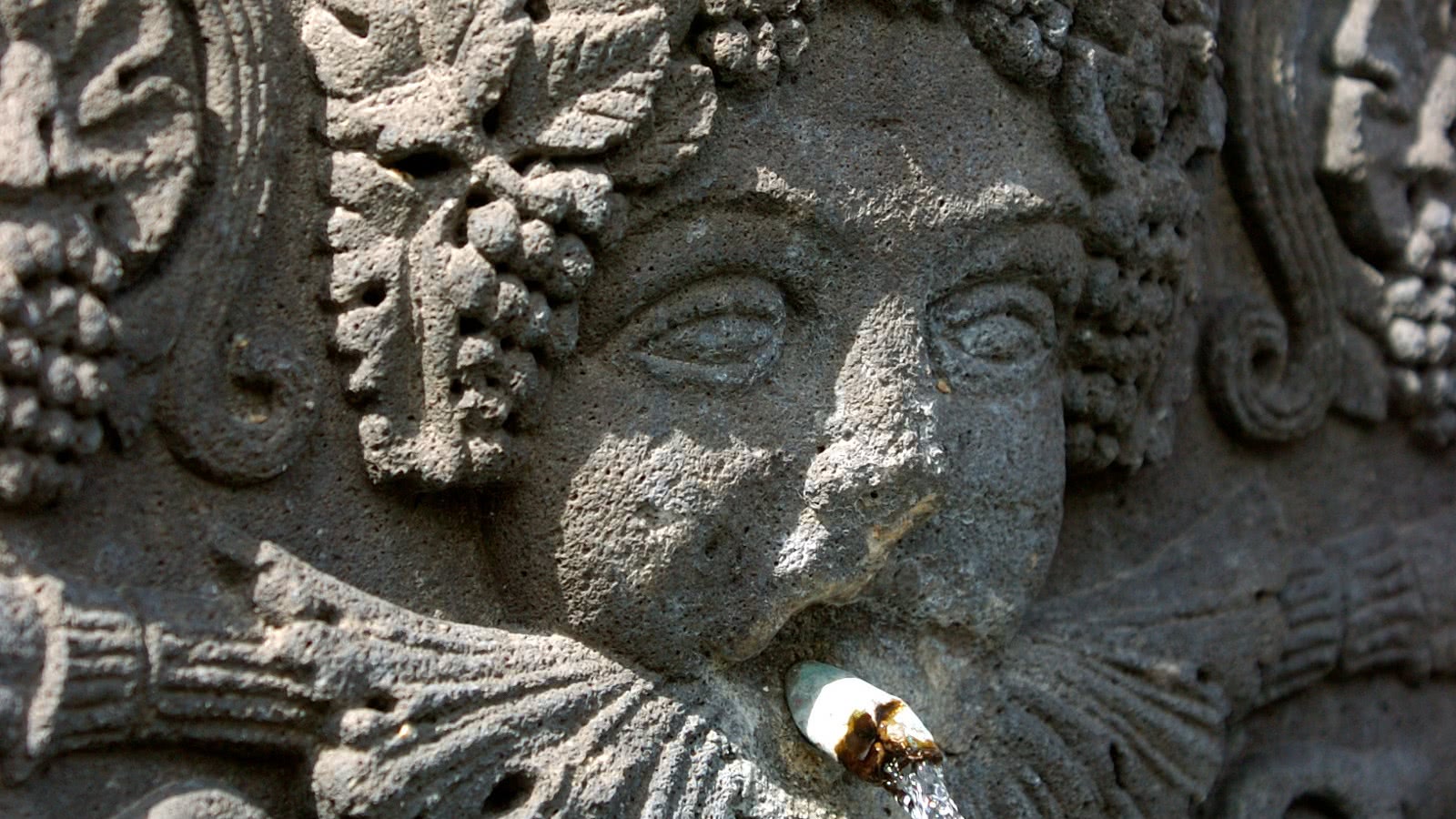Marvel at remarkable heritage
With medieval, Renaissance, rural, belle époque and contemporary architecture as well as monumental sculptures, there's a variety of ambiances, styles, colours and materials to discover.

The monuments of the city
The city of a thousand dimensions invites you on a visit of the medieval and Renaissance architecture of its historical districts, the design of its spa towns and its contemporary heritage of buildings and monumental sculptures.

Notre Dame du Port Basilica
Listed on UNESCO’s World Heritage, the Notre-Dame-du-Port Basilica takes visitors into the spellbinding world of Romanesque art. The basilica was built of beige arkose during the first third of the 12th century. It was fully restored ending December 2008.
Visit
Medieval district of Montferrand
Montferrand was founded in the 12th century and it still has strong medieval imprint in its roads which were built in a regular grid pattern, inspired by the fortified towns of South-Western of France. This town was united with the town of Clermont in 1630, by the edict of Troyes. The urban dwellings dating from the Middle Ages to the 18th century are extraordinary. Montferrand was one of the first protected areas in France.
Visit
Saint Léger
Built with honey-coloured arkose, the church features constructions from different time periods. The crypt dates to the 10th century with a 12th century nave and fortifications. This fully-restored church is notable for the rectangular shape of its apse.
Visit
Notre Dame de l'Assomption Cathedral
Discover its remarkable gates, its unique stained-glass windows, its 16th century Jacquemart and its two spires, each more than 90 m tall, designed by the famous architect Viollet-le-Duc.
Visit
Amboise Fountain
A wild man dressed in animal skins sits atop a waterfall of water jets. The basins are decorated with masks, Italianate grotesques and Renaissance-style garlands and candelabras, with Gothic-inspired flying buttresses supporting the structure.
This fountain was restored and revealed to the public on August 31st 2019.

Hôtel Fontfreyde
Centred around a spiral staircase with fluted pilasters, this former urban dwelling uses the medieval corps de logis model on the street side and the gallery model on the courtyard side. Now a centre for photography, the site welcomes exhibitions from major international artists.
Visit
The Royat spa district
Surrounded by façades, each one more beautiful than the next, the spa park serves as backdrop for the monuments of the resort: the Roman ruins, the spa, the Eugénie drinking hall, topped with a finely-crafted glass bell, and the Saint Mart pavilion adorned with a mosaic of blue hues.
Visit
Opéra-Théâtre
From 1891 to 1894, Jean-Joseph Teillard transformed the former fabric market into an Italian-style theatre. Caryatides, masks, garlands, allegories and a monumental clock adorn the facades. The main theatre, in the Italian-style, is situated at the rear of the building. Characters from mythology and literature bring the 120 m² ceiling to life.
Visit
Statue of Vercingetorix
This equestrian statue was designed by famous sculptor Auguste Bartholdi to commemorate the Gaul leader’s victory over Caesar at Gergovie, in 52 BC. The first plans for the statue were drawn up in the 1860s but it was only finished and installed in 1903 during a ceremony presided over by the President of the Council, Emile Combes. The exceptional talent of the sculptor, who was also the creator of the Statue of Liberty in New York, can be seen in the extraordinary vitality of the horse and rider.
Visit
Place de Jaude
The epicentre of the city is bordered by monuments from all different time periods: Saint Pierre des Minimes Church in the Jesuit style with a dome roof, the Opéra-Théâtre and its sumptuous decorations and the Galeries de Jaude department store, in the style of the famous Parisian stores of the early 20th century.
Visit
Former Sabourin Sanatorium
Significant progress took place in the early 20th century in the medical treatment of major communicable diseases. The old facilities did not meet the demands in terms of hygiene, and from 1932-1934, a sanatorium was built on the hill of Puy de Chanturgue. The architect Albéric Aubert was a disciple of the functional and modern approach of Le Corbusier: clarity, simple lines, horizontality and modern materials. His design included glazed façades, a rational composition and geometric volumes highlighted by a white exterior.

Place de Jaude
